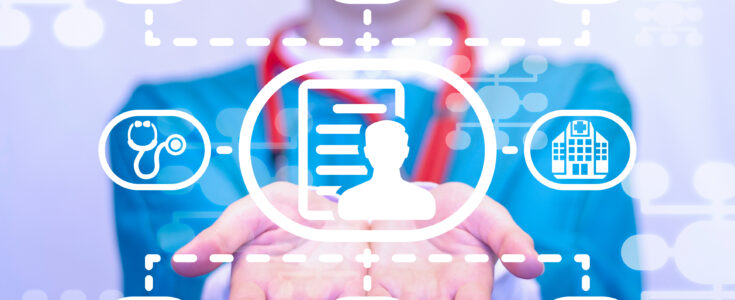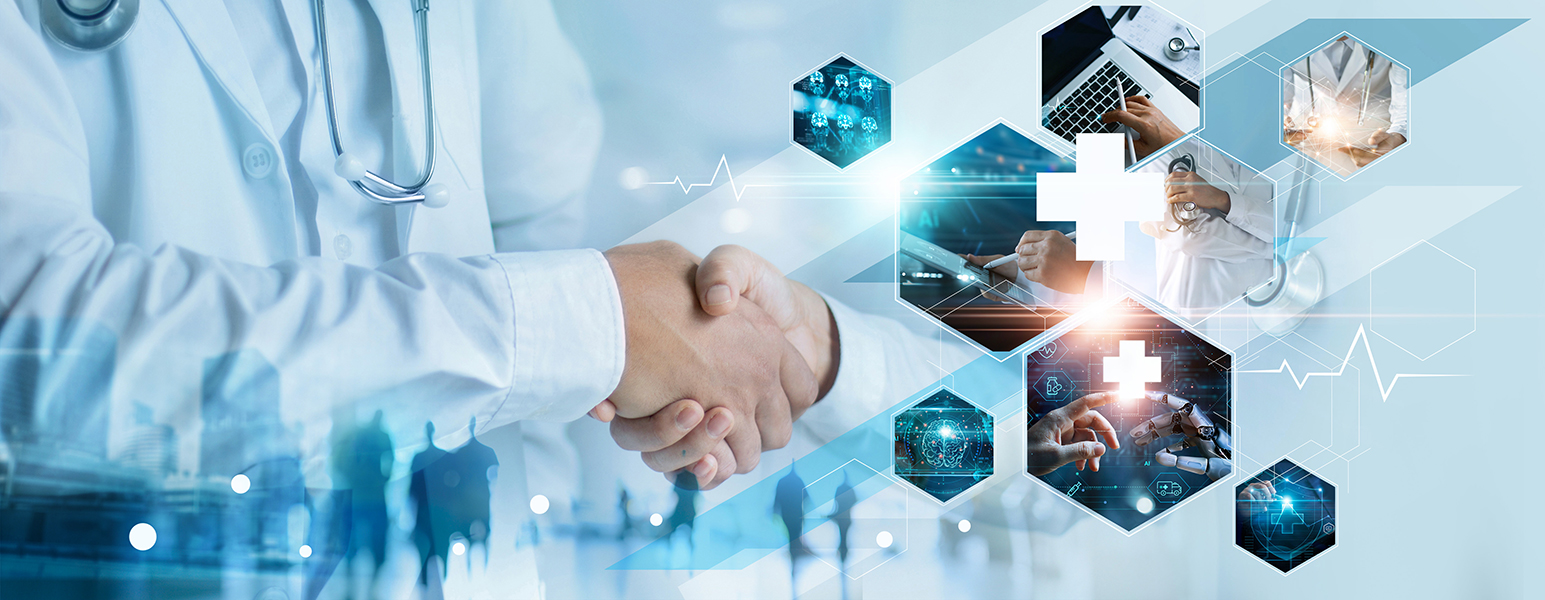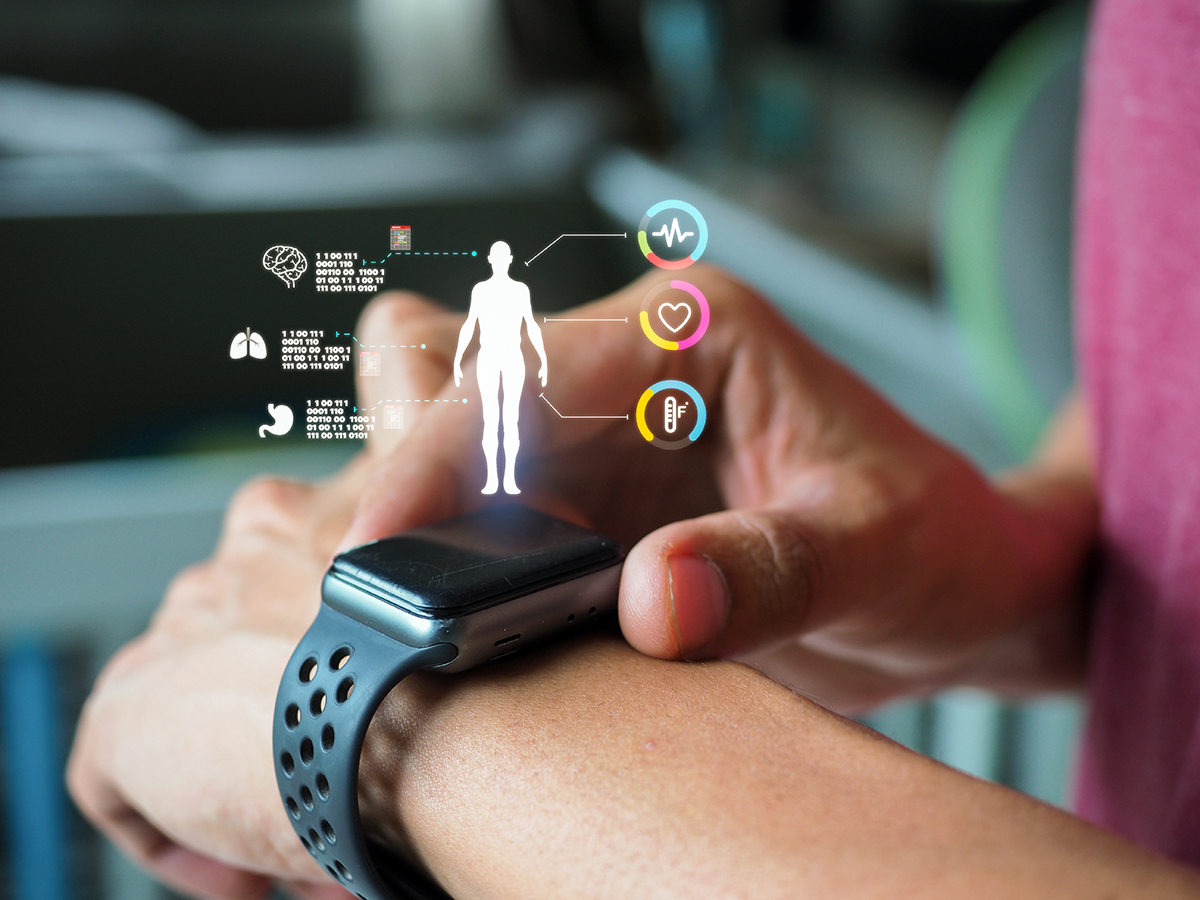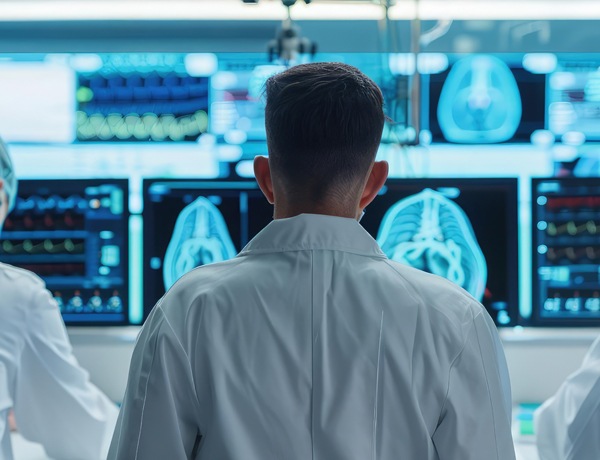
4 Ways Technology is Transforming the Patient Experience

Most people intuitively understand that advances in technology have led to advances in medical science. We know how technology advances were foundational in sequencing the human genome, say, or cloning Dolly the Sheep. And many of us look forward to better medicine in the future with brain mapping, robot-assisted surgery or the use of big data analytics to improve diagnosis for diseases like cancer – real-world and sci-fi examples are everywhere. But what about technology being deployed to improve the regular, day-to-day interactions between patients, providers and payers?
Big data, cloud and AI / ML technologies are quietly revolutionizing the patient experience, including how healthcare is accessed and delivered. Some of the changes taking place have been driven by consumer expectations. Consumers increasingly expect to use digital technologies for healthcare just as they would in other areas of life. Not only that, but they are also more accepting of AI / ML solutions such as virtual health assistants, especially if the resulting care is delivered faster, better and cheaper.
Healthcare companies understand that patients are ready to make this shift – and it suits them too. I don’t know a health company that isn’t looking for ways to automate tasks, speed up processes, reduce costs and improve outcomes. Many have picked the low-hanging fruit when it comes to integrating the easiest technologies first, but this can result in a piecemeal approach that improves processes in siloes. The truly pioneering healthcare firms recognize the value of rearchitecting their infrastructure and customer journey around the patient.
Here, we look at four major ways that patients are likely to feel the benefits.
Ultra-convenient first point of contact
Can’t talk? Don’t have time to hold on the phone? Prefer to email? How about asking Alexa? No problem. Advanced diagnosis platforms are capable of channelling enquiries from most modes of communication, including text, online chat assistants and even voice-activated virtual assistants. Not only can patients get in touch the way that is most convenient to them, their inquiry will be dealt with immediately (no waiting on hold!) and directed to the most appropriate channel depending on context. If the inquiry is about a prescription or an insurance claim, they’ll be directed to those teams. But the diagnosis platform really comes into its own with its ability intelligently triage – collect relevant information about symptoms together with the patient’s details and history to recommend an appropriate course of action. In instances where the ailment is minor and self-limiting, advice on self-care will be given. Where follow-up is required, in the form of an appointment for example, the platform can go ahead and schedule that.
More accessible appointments
Technology is evolving to meet patient needs. One example of this shift to patient-centricity is virtual care. Virtual visits are particularly valuable for patients who have poor mobility, are homebound or those who live a long way from the care provider – or even people with busy schedules. But since the start of the pandemic when healthcare providers accelerated their digital initiatives, many patients have come to appreciate the benefits of care that revolves around their needs and their schedule. During a virtual appointment, the physician has all the same information that they could access for an in-person visit. In some cases, more, because the data integration work required to deploy a medical platform can enable interoperability with monitoring devices and health records.
Care that doesn’t stop between visits
If you suffer from a chronic condition, you are likely used to seeing your physician for check-ups that are regular, though not necessarily frequent. What happens in between those visits? With the latest IoT and MedTech devices, patients can have an unbroken link to their care provider as they go about their daily lives. Ongoing monitoring using clinical grade medical devices give patients – and their carers – peace of mind because they’ll be alerted immediately if there’s an abnormal reading, and can take action. It will lead to a better understanding of the day-to-day triggers that impact our health, which are often hard to recall at a clinic visit many weeks away. The kinds of devices that are available now might have sounded like science fiction a few years ago, like ingestible sensors that monitor medication adherence. These incredible technologies go a long way to helping patients lead their lives as normally as possible.
More capacity means more appointments
Missed appointments cost the US healthcare system $150 billion each year. Per individual physician, it’s around $200 for each no-show. This clearly has financial implications for the organizations involved, but it also has negative impacts on the health of those patients who miss appointments, as well as needlessly clogging the system so others can’t access the slots. There are many reasons people don’t show up for appointments, and healthcare organizations have long had an interest in minimizing no-shows. By analyzing EHRs, it’s possible to predict the patients most likely to not show, and take appropriate action, like creating more slots when patients are more likely to show and reduce staffing for the times when they are not. For a recent engagement with a major healthcare organization, Apexon helped implement a system that could dynamically track resource allocation in a hospital, and re-allocate it according changing circumstances. Furthermore, Apexon helped the provider eliminate its manual systems. Operational running costs reduced by 20%, while patient satisfaction increased due to ease of access to care and better experience.
Technology is modernizing how healthcare is accessed and delivered. Everyone will benefit: healthcare providers, payers and patients. But perhaps the biggest change that patients will perceive is the improvement to the way they interact with the healthcare providers and care givers. Patients can look forward to an experience that is more intuitive, accessible and available, an experience centered around their needs and preferences. For more information on how we’ve helped healthcare organizations deliver improved customer satisfaction and experience, take a look at what our clients say about us, or get in touch using the form below.




